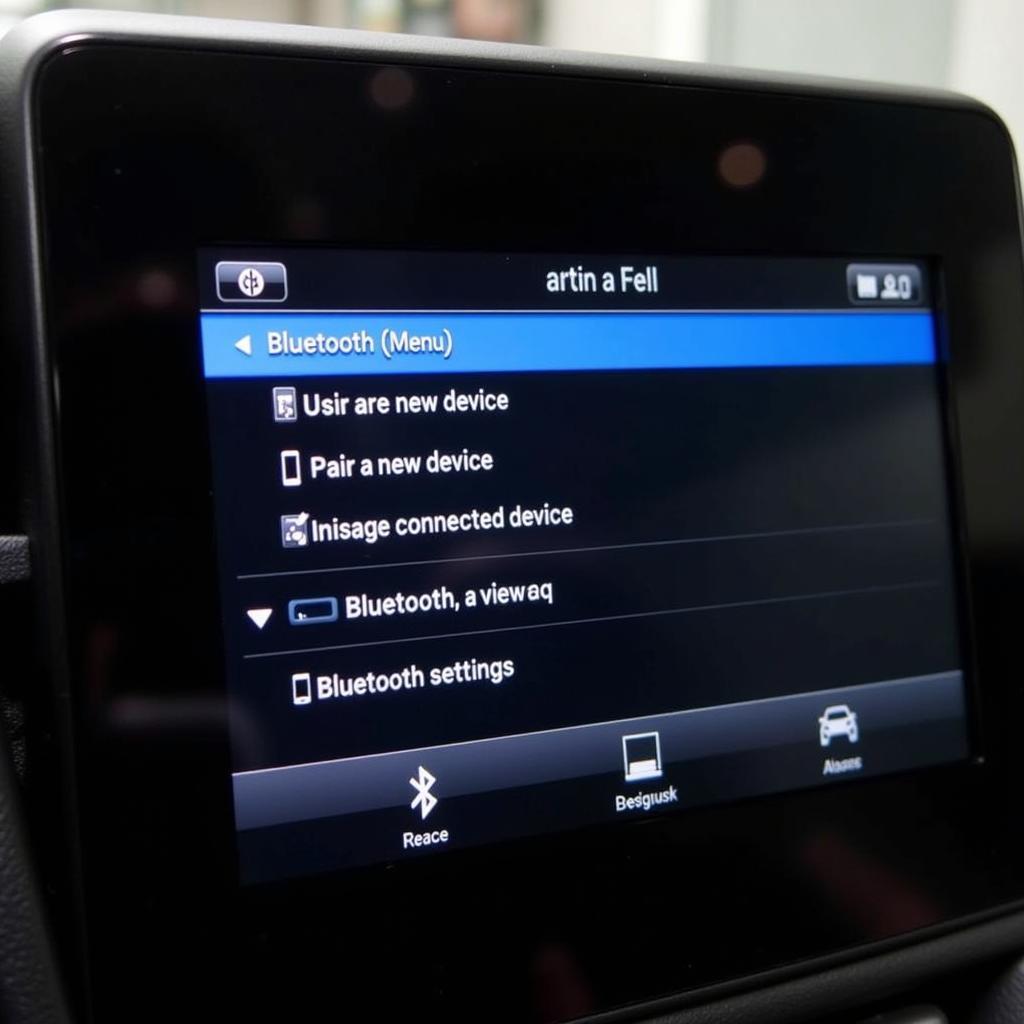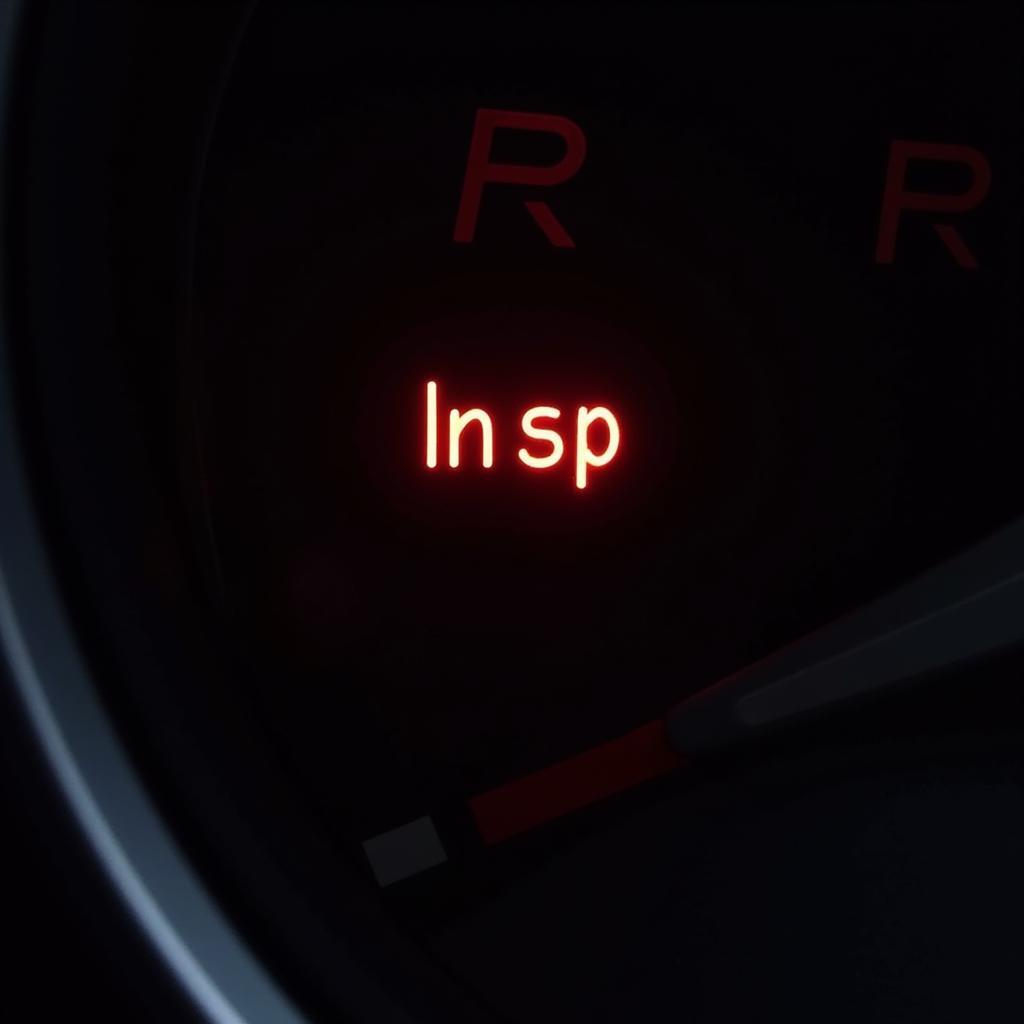A dead car battery can be incredibly frustrating, but before you call for a tow, you might be able to revive it with a trickle charger. This guide will walk you through everything you need to know about trickle charging a dead car battery, from how it works to safety precautions.
What is Trickle Charging and How Does It Work?
Trickle charging is a method of slowly recharging a battery using a low-amp current over an extended period. Unlike traditional battery chargers, which deliver a higher amperage for a shorter time, trickle chargers provide a gentle, continuous charge that helps to prevent damage from overheating and overcharging. This slow and steady approach makes them ideal for reviving deeply discharged batteries and maintaining the charge on vehicles that sit idle for long periods.
Think of it like this: Imagine filling a glass of water. A regular charger is like turning the faucet on full blast – it gets the job done quickly, but there’s a lot of splashing and potential for overflow. A trickle charger is more like letting a thin, steady stream of water flow into the glass – it takes longer, but it’s much more controlled and prevents spills.
When to Trickle Charge a Dead Car Battery
Trickle charging is a suitable option in the following scenarios:
- Deeply Discharged Battery: If your battery is completely dead and won’t hold a charge from a jump start, trickle charging might be your best bet to bring it back to life.
- Long-Term Storage: If you’re storing your car for an extended period, a trickle charger can help maintain the battery’s charge and prevent sulfation (a buildup of lead sulfate crystals that can damage the battery).
- Parasitic Drain: If your car has a parasitic drain (a constant drain on the battery even when the car is off), a trickle charger can help offset the drain and keep your battery topped up.
How to Trickle Charge a Dead Car Battery Safely
Before you begin, safety should be your top priority. Follow these steps for a safe and effective trickle charging experience:
- Consult Your Owner’s Manual: Always refer to your vehicle and battery manufacturer’s recommendations for specific instructions and safety guidelines.
- Disconnect the Battery: Disconnect the negative (black) terminal first, followed by the positive (red) terminal.
- Choose the Right Charger: Ensure your trickle charger is compatible with your battery’s voltage (typically 12V for cars) and type (lead-acid, AGM, etc.).
- Connect the Charger: Connect the red (positive) clamp to the battery’s positive terminal and the black (negative) clamp to the negative terminal.
- Set the Charge Rate: If your charger has adjustable settings, select the lowest amperage setting (usually 2A or less).
- Monitor the Charging Process: Regularly check the charger and battery for any signs of overheating or unusual activity.
- Disconnect When Fully Charged: Once the battery is fully charged (refer to the charger’s indicator), disconnect the charger, starting with the positive (red) clamp, followed by the negative (black).
- Reconnect the Battery: Reconnect the battery terminals, starting with the positive (red) and then the negative (black).
How Long Does It Take to Trickle Charge a Dead Car Battery?
The charging time varies depending on the battery’s capacity, its discharge level, and the charger’s amperage. It can take anywhere from a few hours to a couple of days to fully charge a dead battery using a trickle charger. Patience is key!
Can a Trickle Charger Damage a Car Battery?
While trickle chargers are generally safe, leaving them connected for extended periods beyond the battery’s full charge can lead to overcharging. Overcharging can damage the battery and shorten its lifespan. Always monitor the charging process and disconnect the charger once the battery is fully charged.
Can I Leave a Trickle Charger on a Car Battery All Winter?
Yes, but with a caveat. Modern “smart” trickle chargers are designed with automatic shut-off features, making them safe for long-term use, even throughout the winter. These chargers monitor the battery’s charge level and automatically switch to a maintenance mode once the battery is full, preventing overcharging.
Choosing the Right Trickle Charger for Your Needs
When selecting a trickle charger, consider the following factors:
- Battery Type Compatibility: Make sure the charger is compatible with your battery type (lead-acid, AGM, lithium-ion, etc.).
- Amperage Output: Choose a charger with a low amperage output (2A or less) for safe and effective trickle charging.
- Automatic Shut-Off: Opt for a charger with an automatic shut-off feature to prevent overcharging and ensure long-term safety.
- Additional Features: Some chargers offer extra features like spark-proof protection, reverse polarity protection, and LED indicators, which can provide added convenience and peace of mind.
Expert Insights
“A common mistake car owners make is waiting until their battery is completely dead before considering a trickle charger,” says automotive electrical engineer, John Miller. “Regularly using a trickle charger, especially during periods of inactivity or extreme temperatures, can significantly extend the life of your car battery.”
Conclusion
Trickle charging can be a lifesaver (or at least a battery-saver) for car owners. By understanding how it works, when to use it, and how to do it safely, you can keep your car battery healthy and avoid the frustration of a dead battery. Remember to always consult your owner’s manual and prioritize safety when working with car batteries and electrical components.


